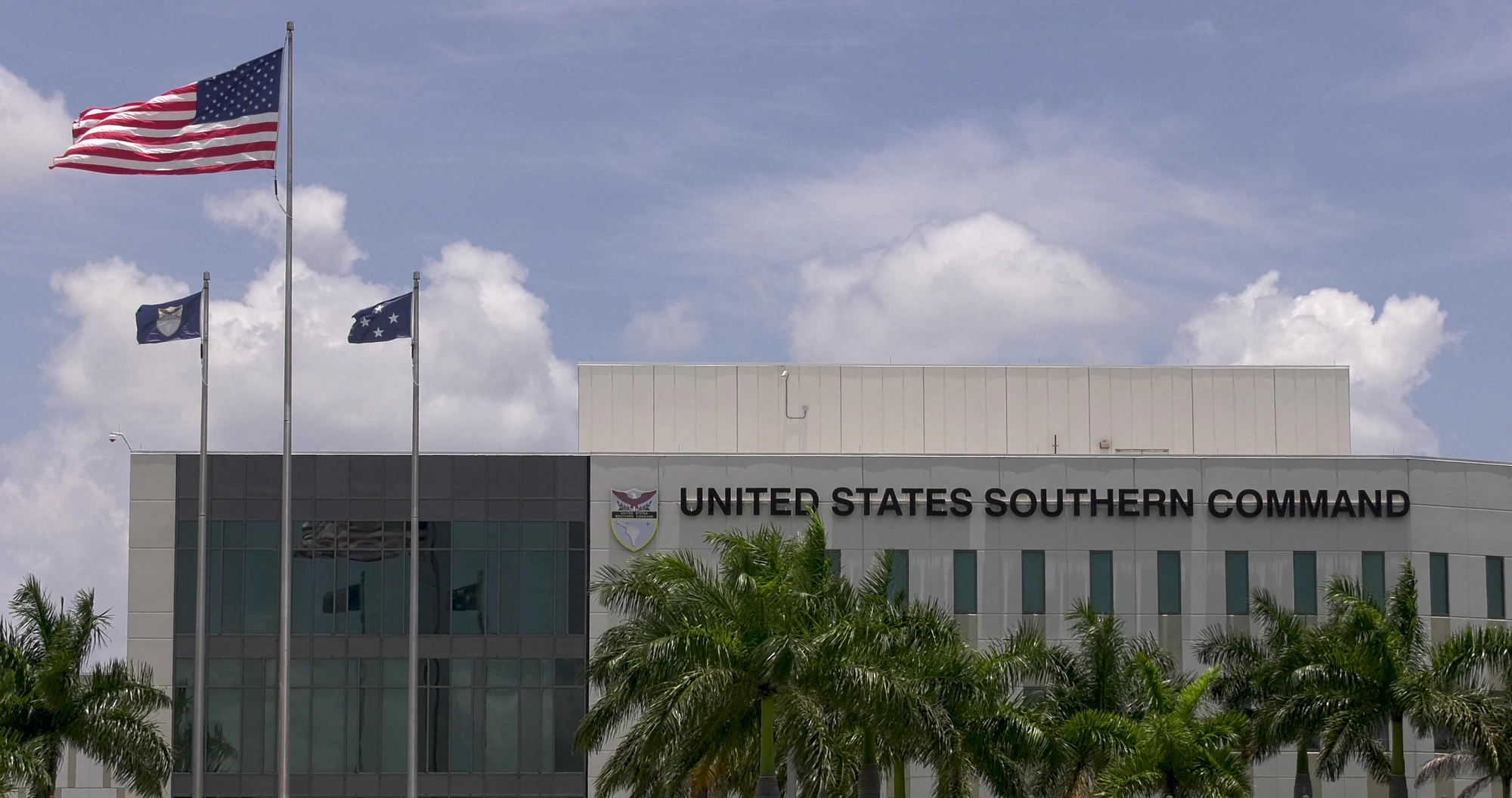In a significant diplomatic move, the Commander of the United States Southern Command (SOUTHCOM), accompanied U.S. Secretary of Commerce, Gina Raimondo, on an official visit to Costa Rica. This visit underscores the deepening strategic and economic ties between the United States and Costa Rica, focusing on enhancing security cooperation and fostering economic partnerships within the region.
Bolstering Security and Economic Ties
The joint visit by SOUTHCOM’s top military official and the Secretary of Commerce highlights the dual nature of the U.S.-Costa Rica relationship, which encompasses both security and economic components. Costa Rica, known for its stable democracy and absence of a standing army, relies heavily on partnerships like these to enhance its national and regional security protocols.
Focus on Security Enhancements
The presence of the SOUTHCOM Commander emphasizes the U.S. commitment to security cooperation in Central America. The collaboration aims to address various security challenges, including drug trafficking, organized crime, and human trafficking. These efforts are part of a broader strategy to promote peace and stability in the region, which is crucial for its ongoing development and prosperity.
Economic Cooperation on the Agenda
Accompanying Secretary Raimondo, the focus extends beyond security. The visit serves as a platform to discuss key trade and investment opportunities, aiming to strengthen economic ties and promote sustainable growth. Costa Rica is a significant trade partner for the United States in Central America, and discussions are expected to cover topics such as technology exchanges, green energy investments, and enhancing the digital economy.
Strategic Importance of the Visit
The joint visit not only symbolizes a strong bilateral relationship but also reaffirms the United States’ strategic interests in Central America. By pairing SOUTHCOM’s military leadership with economic discussions led by Secretary Raimondo, the U.S. signals a comprehensive approach to its foreign policy in the region.
Community and Business Engagements
Part of the agenda includes meetings with local business leaders and community stakeholders. These interactions are designed to foster direct communication and feedback on the impact of U.S.-Costa Rica policies at the grassroots level. Engagements like these are crucial for understanding local needs and adjusting collaborative efforts to benefit both nations effectively.
Educational and Cultural Exchanges
The visit also highlights the importance of educational and cultural exchanges between the two countries. Such programs are vital for building long-term relationships and mutual understanding, which are the bedrock of successful diplomatic and economic ties. Initiatives may include scholarship programs, joint research projects, and cultural exchange programs that enrich both communities.
Future Collaborations
Looking forward, the discussions and outcomes from this visit are expected to pave the way for future collaborations. These initiatives will likely focus on innovation in sectors such as cybersecurity, environmental conservation, and public health—areas where both countries have shown mutual interest and concern.
Implications for Regional Diplomacy
The implications of this high-level visit extend beyond the bilateral relationship between the U.S. and Costa Rica. It serves as a model for other nations in the region, demonstrating the benefits of engaging in comprehensive partnerships that address both security concerns and economic opportunities.
The joint visit by SOUTHCOM’s Commander and Secretary Raimondo to Costa Rica represents a pivotal moment in U.S.-Central American relations. It highlights a multifaceted approach to diplomacy that intertwines security cooperation with economic dialogue, aiming to foster a stable, prosperous, and secure region. As both countries discuss future ventures and cooperation, the foundation laid by such high-level engagements promises to bring significant benefits, not only to the nations directly involved but also to the broader Central American region.

